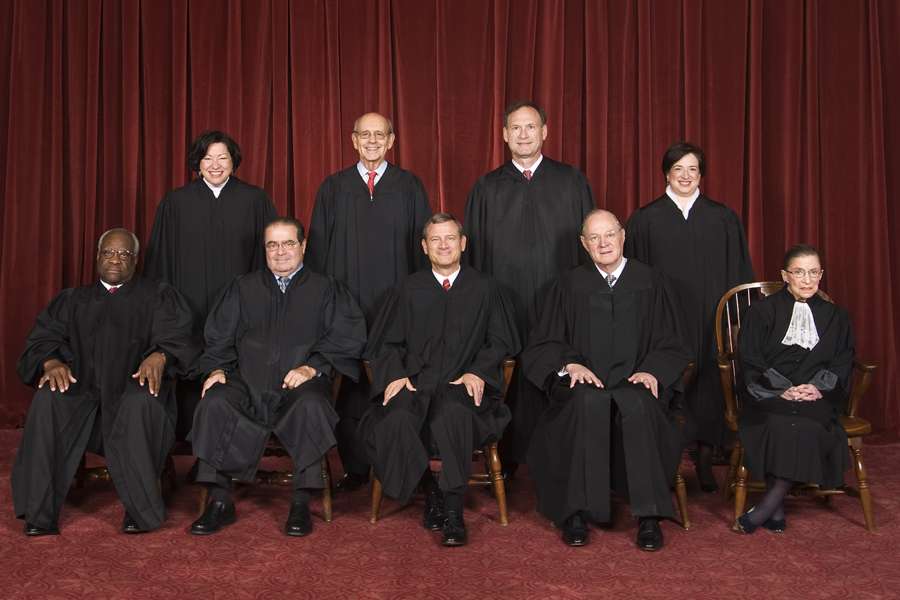The Volokh Conspiracy
Mostly law professors | Sometimes contrarian | Often libertarian | Always independent
Today in Supreme Court History: August 23, 2007
8/23/2007: John Yates, aboard the Miss Katie boat, threw fish overboard to avoid an inspection. He was prosecuted for destroying property to prevent a federal seizure. In Yates v. United States (2015), the Supreme Court held that the fish was not a "record."

Editor's Note: We invite comments and request that they be civil and on-topic. We do not moderate or assume any responsibility for comments, which are owned by the readers who post them. Comments do not represent the views of Reason.com or Reason Foundation. We reserve the right to delete any comment for any reason at any time. Comments may only be edited within 5 minutes of posting. Report abuses.
Please to post comments



One gets the impression that Josh has never actually read the cases he throws at us. To read his short descriptions is, usually, to be misled.
Would you prefer a summary saying that the Supreme Court ruled that a fish is not a "tangible object", which is more literally true?
You should read the case.
Josh could have fixed it by adding the words “an illegally caught” before “fish”. He also misleads because it was not “before an inspection”.
And, this was the case that got me to stop thinking in purely textualist terms.
Because on those terms the dissent was right, but prosecuting someone for throwing fish overboard under Sarbanes was obviously ridiculous, which is basically what the majority said.
The purpose of the statute was to prevent disposal of evidence. If Yates had written a note about the illegally caught red snapper, and thrown that overboard, all the Justices would have agreed that there was a violation. But throwing the actual fish overboard was not.
This is, quite literally, exalting form over substance. Or put another way, it was the "best evidence rule" in reverse. Reversing any basic axiom, as any geometrist will tell you, creates a freaky universe.
No, the purpose of the statue wasn't to prevent disposal of evidence. There were already general purpose obstruction of justice statutes for that. (Indeed, he was charged with and convicted of a more applicable statute: destruction or removal of property to prevent seizure.) The purpose of the statute was to proscribe something very specific: the alteration or destruction of records.
The gov't was not interested in "seizing" the red snapper. It didn't belong to anyone else and the gov't wasn't going to give it to someone as restitution.
If the fish were dead, they could have gotten him for littering or some equivalent.
If they were alive, then he struck a blow for piscine liberation.